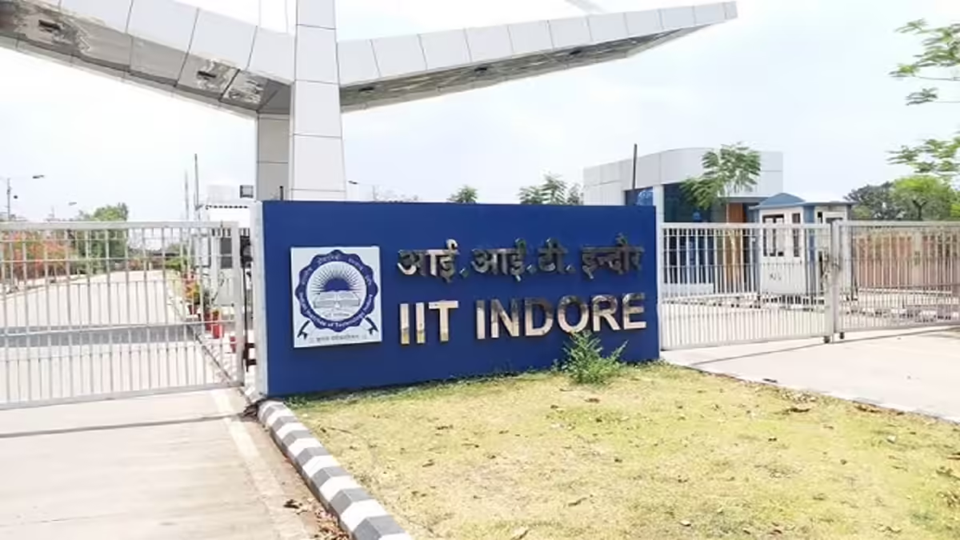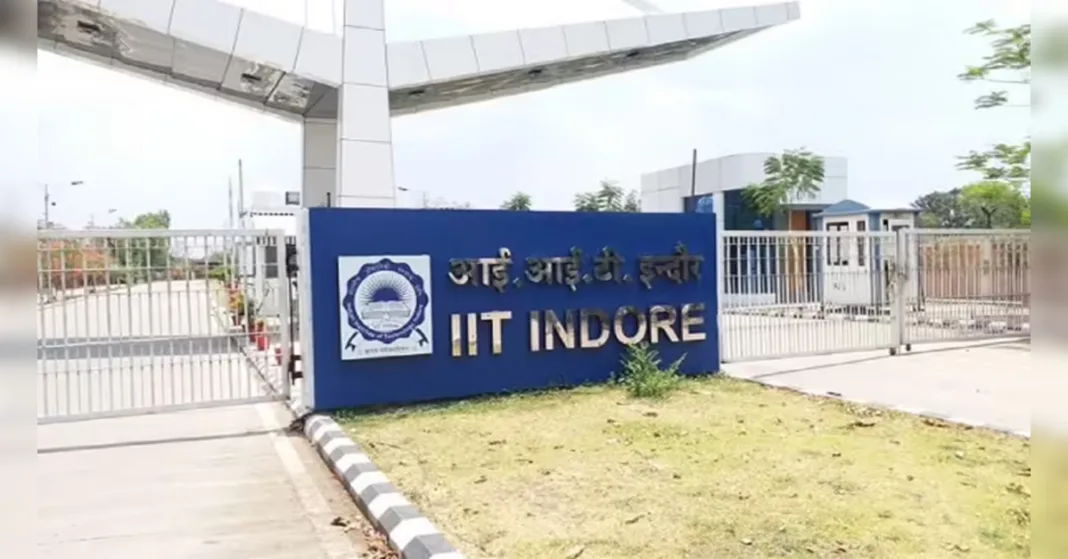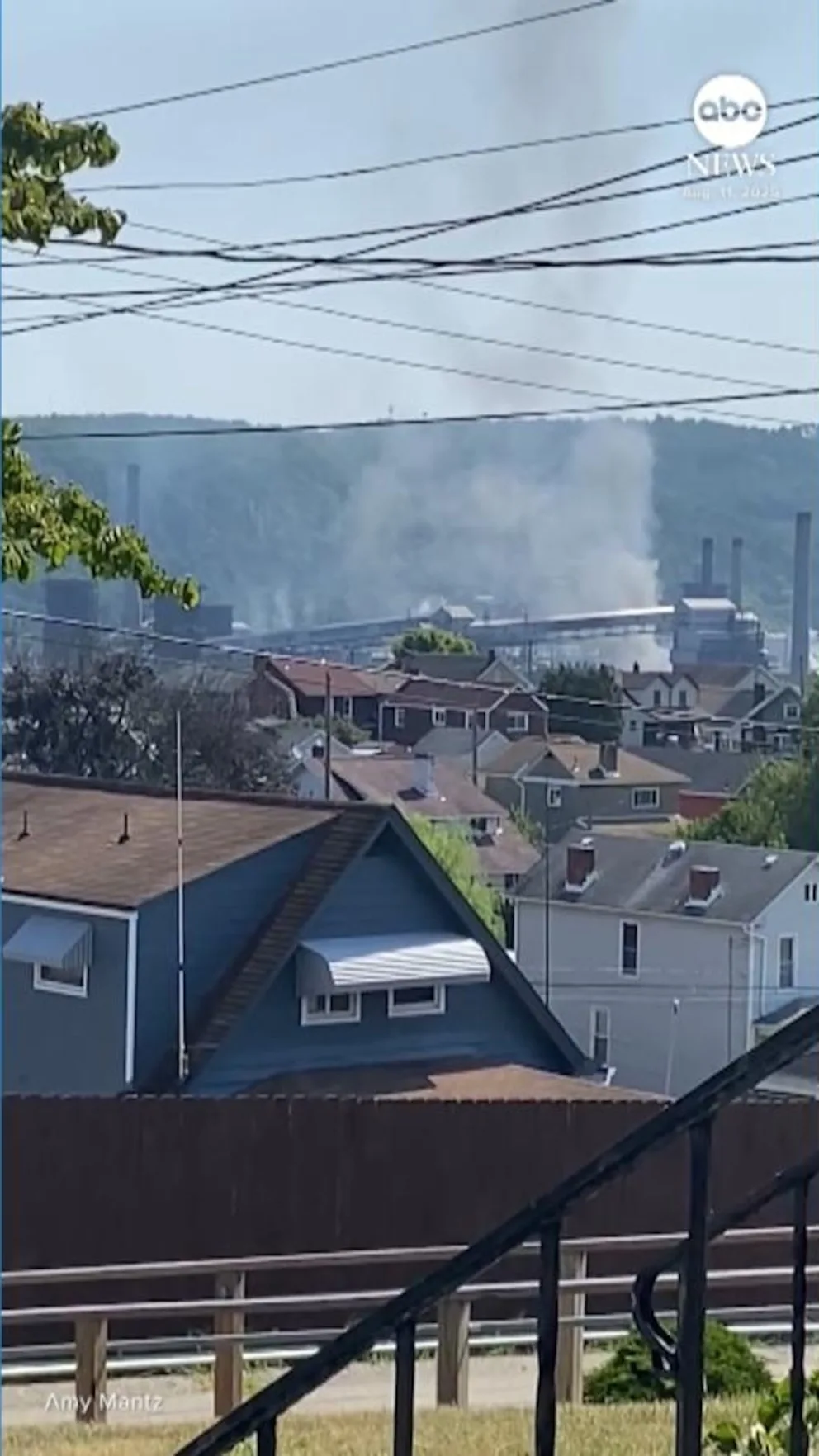
Indore: The Indian Institute of Technology (IIT) Indore has developed AeroVision, a weather forecast system designed to predict air quality for the next six days in Indian cities and towns.
By analysing 12 years of hourly air quality data alongside weather and atmospheric information, the system forecasts levels of six key pollutants-PM2.5, PM10, CO, SO₂, NO₂, and O₃-with accuracy consistently above 95%.
Developed by Prof. Manish Kumar Goyal and his research team, including Kuldeep Singh Rautela from the Department of Civil Engineering, AeroVision utilises advanced artificial intelligence technologies such as Convolutional Neural Networks (CNN), Long Short-Term Memory (LSTM), and Gated Recurrent Units (GRU).
The system also collects weather data including temperature, rainfall, wind speed, air pressure, and humidity, as well as atmospheric conditions like the vertical dispersion of pollution and hours of sunshine.
Professor Suhas Joshi, director of IIT Indore said, “AeroVision is a step towards empowering citizens with the ability to foresee and mitigate the health impacts of air pollution.
By providing reliable, location-specific forecasts, it aligns with our vision of using science and technology for societal well-being and sustainable living.”
The data is gathered hourly from a 25-kilometre grid across various regions. Professor Goyal added, “This system converts complex pollution data into a simple, colour-coded Air Quality Index (AQI) following Indian standards, along with health warnings and activity recommendations.
It enables individuals, communities, and policymakers to plan outdoor activities, take preventive health measures, and respond to pollution events in advance.”
The AQI operates similarly to a traffic light system: Green (0-50) indicates good air quality, Yellow (51-100) is moderate but requires caution for sensitive individuals, Orange (101-200) is unhealthy for sensitive groups, Red (201-300) is unhealthy for everyone, and Purple (301+) is very unhealthy, advising avoidance of outdoor activities.







